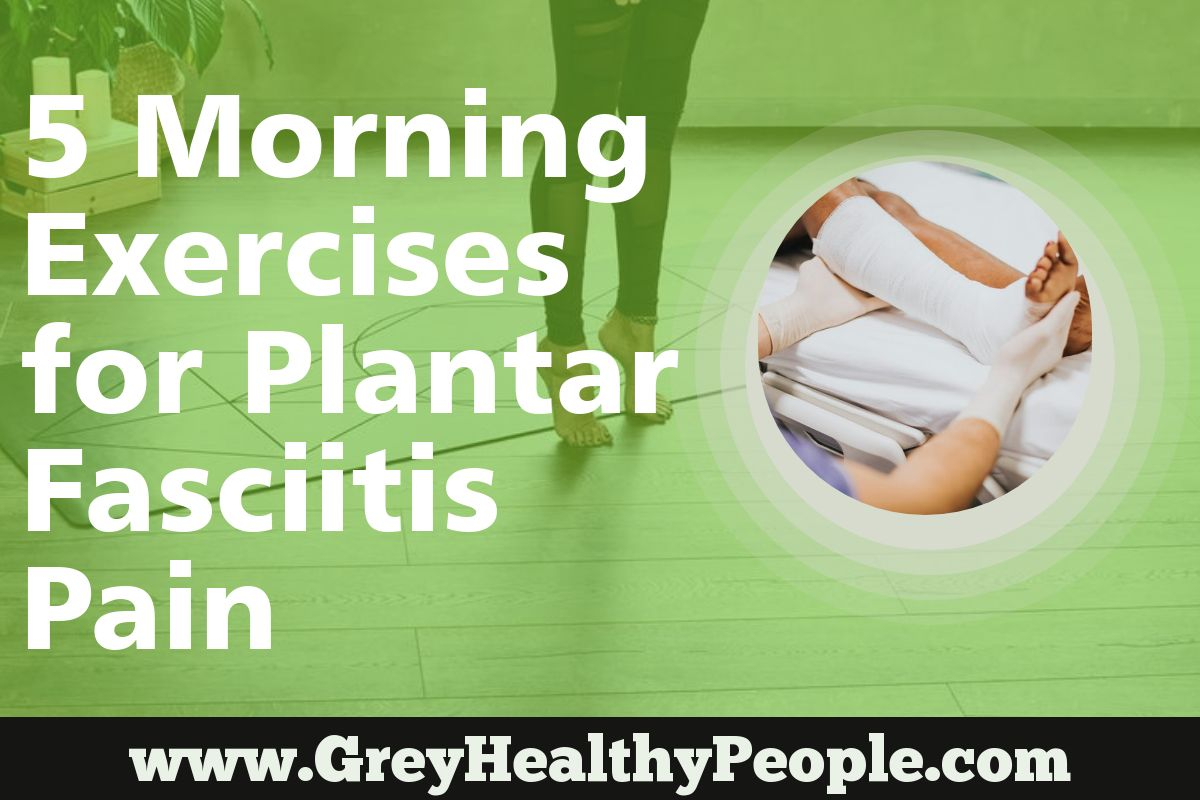The plantar fascia is a ligament which attaches your heel to your toes. Its purpose is to support the arch of your foot. If you have too much arch, or worse yet, no arch, you can seriously strain this ligament over a long period of time. Other painful conditions affecting the plantar fascia can result from wearing tight shoes, high heels, and poor posture.
What is plantar fasciitis
It is a condition which occurs when the ligament becomes swollen and inflamed resulting in searing pain in the heel, arch or base of the toes. Sometimes all three. Read more about plantar fasciitis here.
Those with plantar fasciitis complain about the mornings the most. After your feet have rested, the first steps in the morning can be the worse.
Like any swollen ligament, it will need rest. But most people like to stay active. Ibuprofen and other similar nonsteroidal anti-inflammatory drugs can relieve pain and swelling. Ice packs can also temporarily reduce inflammation and pain.
However, as a long-term cure, foot exercises for plantar fasciitis and correctional podiatry shoes are the most effective.
Here are several strengthening exercises for plantar fasciitis which should be done in the morning to rebuild your plantar fascia and eliminate the pain from plantar fasciitis.
Morning Exercises for Plantar Fasciitis
The Rollout:
You will need a hardball between the size of a golf ball and baseball. Some people have opted to use a wooden rolling pin. You can do this exercise sitting on the edge of your bed or chair or while standing up. Place the ball on the floor and gently roll the ball from the heel to the arch to the ball of your foot. It will be sore, but give yourself a good massage. A golf ball will provide a deeper massage. You can do this while at your desk at work or while watching television.
There is an excellent variation on this exercise which may be even more effective. Take a plastic water bottle and fill it with water. Leave it in the freezer until frozen solid. Rolling this frozen bottle under your foot gives you two ways to ease your pain. You will get a normal massage and the cold icy bottle will reduce any swelling in the foot.
Toe Scrunch and Splay:
Sit comfortably with your foot resting on the bed. Extend your toes out and up to get a good stretch and then scrunch them back down. You should feel it in your big toe the most. Do this at least 30 times each.
Ankle Flexing
Straighten your ankles out like a ballet dancer and hold. Then bring it back into an L-shape flexing it so that even your calves tighten up. Repeat this exercise at least 30 times each.
Heel and Toe Raise
You can start out this exercise by sitting, but eventually, you will want to stand. Sit with your comfortably on the floor. With your heels on the floor, lift your toes in the air. Then with toes on the floor, lift the back of your heels. When you stand to do this exercise, make sure you have a bar or chair back to hold on to for balance. Repeat this 30 times each as well.
Hamstring Stretch
It may seem like it is far away from the location of your pain, but the hamstring is an important tendon to stretch. You can stretch this tendon and your Achilles heel by doing a downward dog pose common in yoga. Or simply place your hands against the wall while keeping your legs back and feet flat on the floor.
It is great to do all these exercises but you may have too much pain to do some of these movements. And many times, the body tends to return to the same bad habits as you walk. A great way to keep structure after the exercises is to purchase podiatry shoes which help to maintain good plantar fasciitis health. Such shoes are prescribed and designed by a specially trained sports podiatrist.
A good podiatrist works from the ground up. Not only will he or she treat your foot pain, but they will also adjust your lower limb function to align your knees, hips and lower back. They can custom measure and fabricate orthotics to be worn in your shoes to provide better lower leg alignment. To learn more about what podiatrists do, check out the Moving Forward Podiatry website!
By using custom orthotics and regular exercise, a podiatrist will relieve your foot pain and give you a better leg to stand on.




